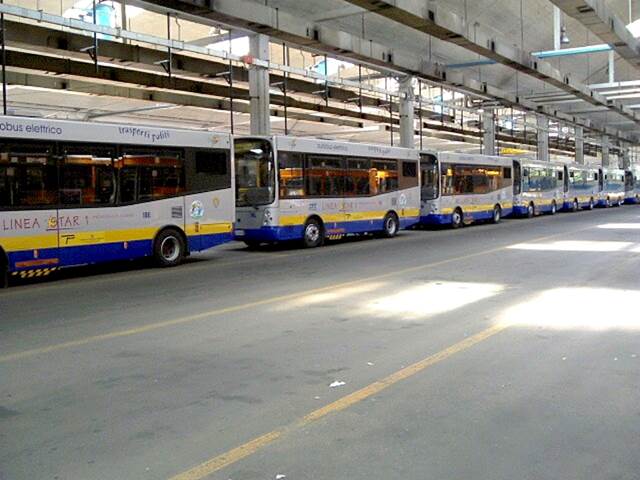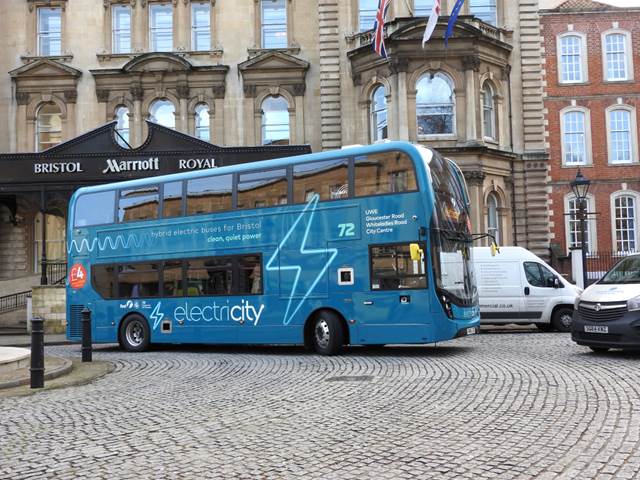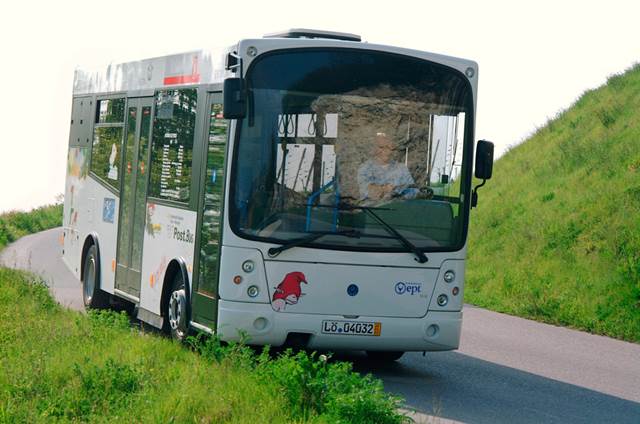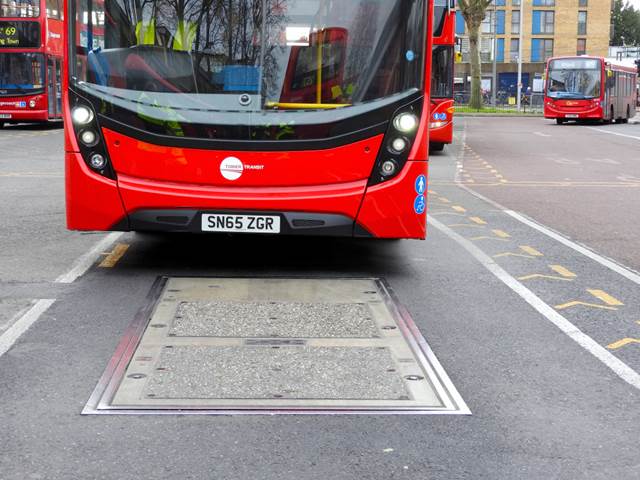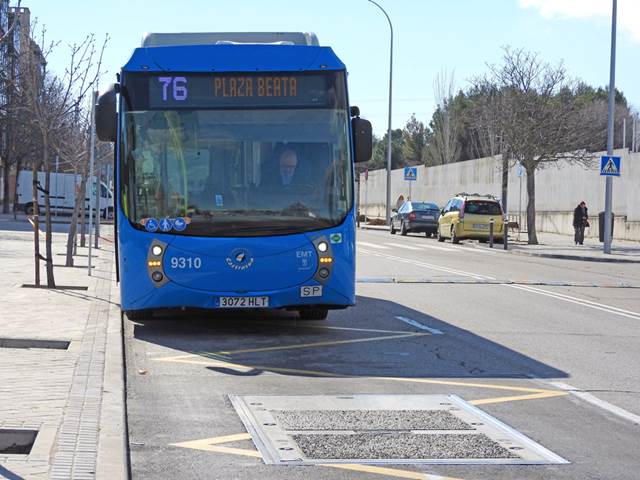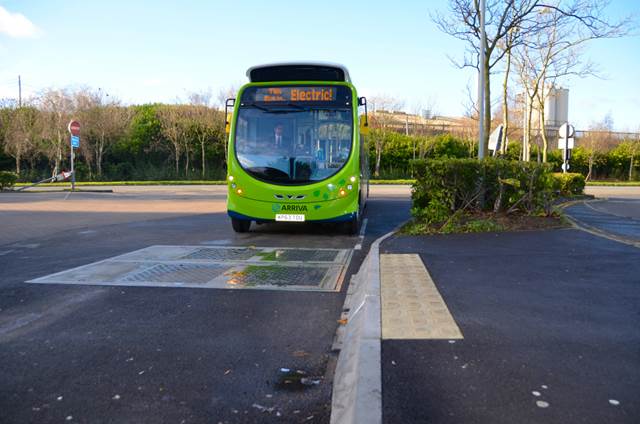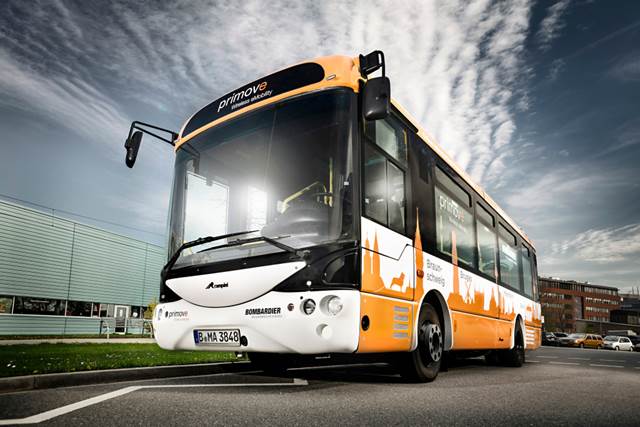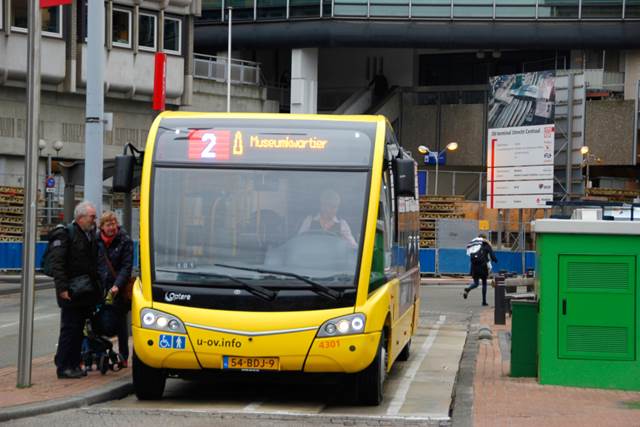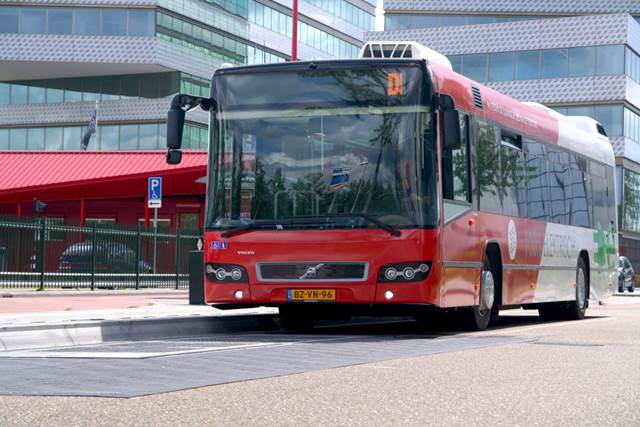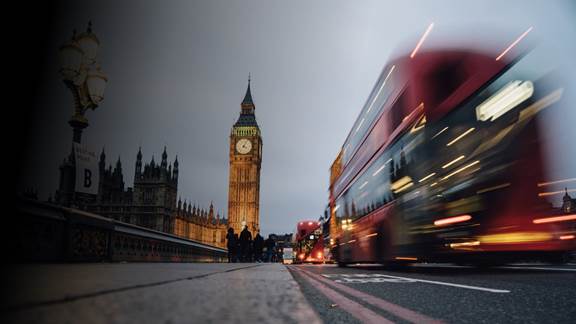
Buses and trucks
Charging buses and trucks wirelessly allows for more efficient and flexible transportation.
Introduction
The system for charging buses and trucks is critical for the lifetime of the expensive batteries, and also determines the battery size. With a system for wireless energy transfer from ENRX, buses and trucks can maximise transport performance without having to drive around carrying tons of batteries. Charging facilities can be installed at one or both ends of a route, to top-up the batteries, or as overnight charging in a depot.
- Move goods and people, not batteries
- Reduce the capacity and size of batteries
- Optimise transport planning
.jpeg?mw=640&mh=1024)
related products
related industries
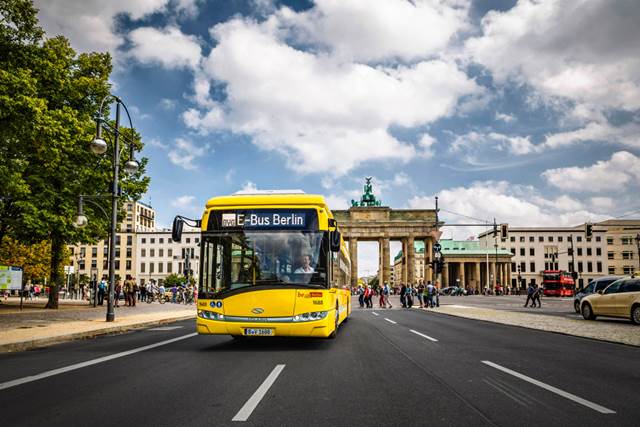
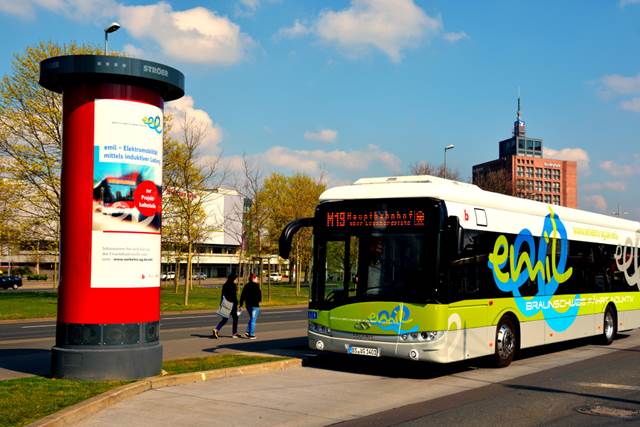
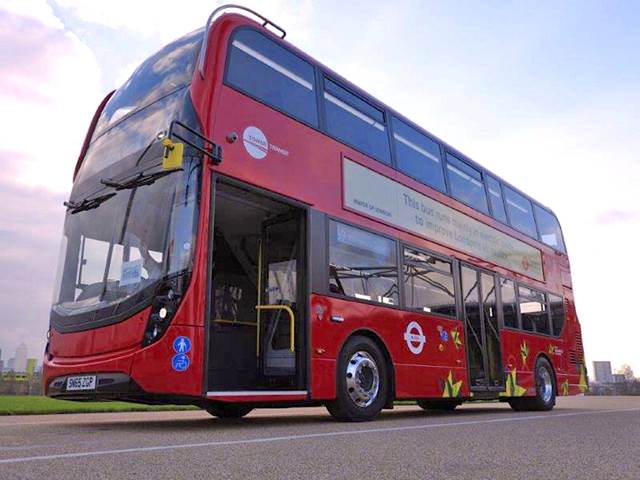
.jpg?mw=640&mh=1024)
